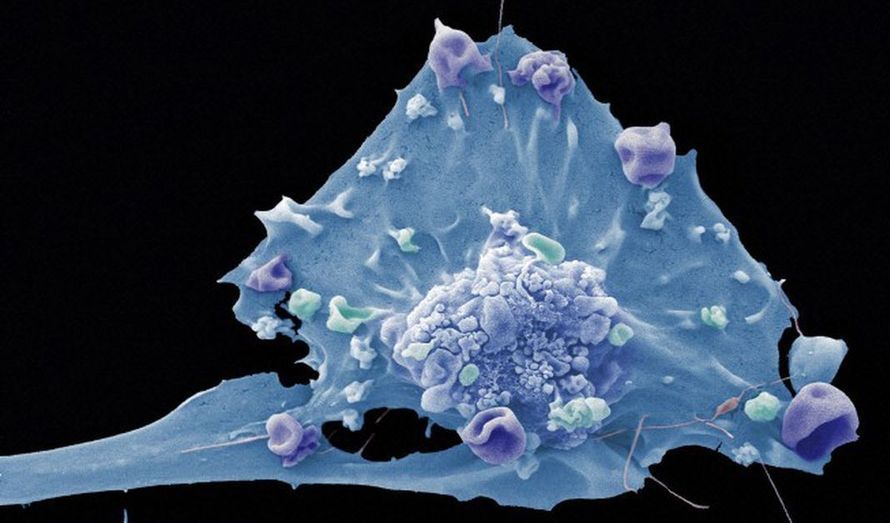In a newly published paper, researchers detail an experimental model that can extract device PINs and passphrases from the sounds of tapping fingers.


Circa 2019
Technology has long been helping to hack world hunger. These days most conversations about tech’s impact on any sector of the economy inevitably involves artificial intelligence—sophisticated software that allows machines to make decisions and even predictions in ways similar to humans. Food waste tech is no different.
A report from the Ellen MacArthur Foundation and Google estimates that technologies employing AI to “design out food waste” could help generate up to $127 billion a year by 2030. These technologies range from machine vision that can spot when fruit is ready to be picked to algorithms that forecast demand in order to ensure retailers don’t overstock certain foods.
One London-based startup that has been generating headlines by reducing food waste is Winnow Solutions. The company took in $20 million in October from equity investments and loans to scale its AI platform, Winnow Vision, which identifies and weighs food waste for commercial kitchens. It then automatically assigns a dollar value to each scraped plate of fettuccine Alfredo or bowl of carrots dumped into its smart waste bin.

Scientists say lab-grown virus is ‘game changer’ in fight against illness.

Circa 2016
Last week, Facebook CEO Mark Zuckerberg and his wife Priscilla Chan announced an ambitious project—to “invest in basic science research with the goal of curing disease.” The couple started by donating $3 billion over 10 years in this initiative, which target four major groups of illnesses: cancer, infectious diseases, as well as heart and neurological diseases.
Update January 29th, 10:10AM ET: SpaceX successfully launched its Falcon 9 rocket on time this morning, deploying all 60 satellites into orbit. The rocket also performed another landing on the company’s drone ship in the Atlantic after launch. While SpaceX did catch one half of the rocket’s fairing, the other half just missed its boat.
Original story: A week after performing a crucial test flight for NASA, SpaceX is poised to launch yet another Falcon 9 rocket from Florida. This mission is tasked with sending up the latest batch of internet-beaming satellites for SpaceX, adding on to the roughly 180 satellites the company already has in orbit.
Today’s flight is the fourth launch for SpaceX’s Starlink project, a massive constellation of satellites that aims to provide internet coverage to every point on the globe. SpaceX has permission to launch nearly 12,000 satellites and has expressed interest in launching 30,000 more. To fulfill its licensing obligations, SpaceX has to launch nearly 6,000 within the next five to six years. The company plans to launch up to 24 Starlink missions this year.


A waltz for Ballie. Here’s how Ballie improves the quality of your “me time” and takes care of your loved ones and your home.
#CES2020 #Ballie #InnovationForDelight #Samsung